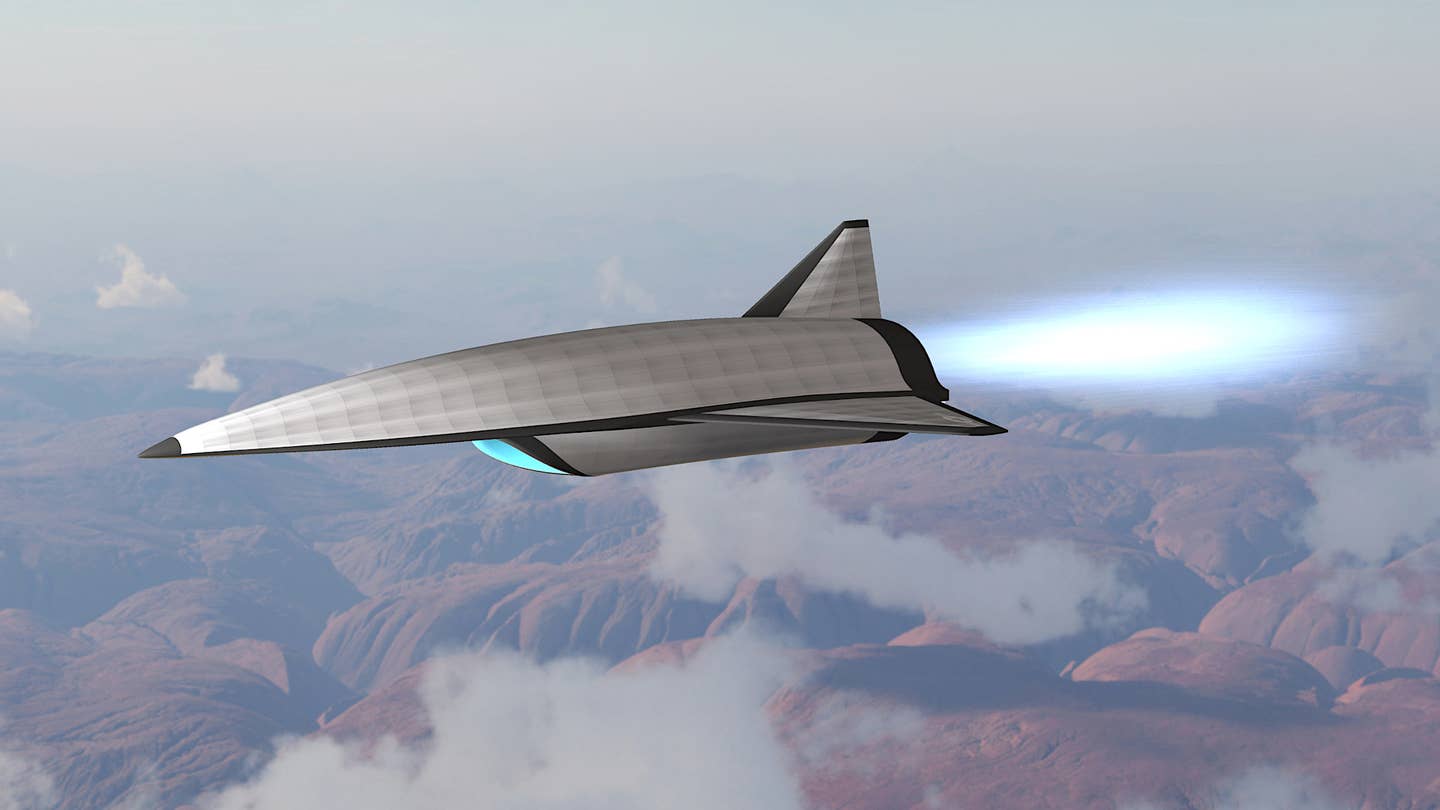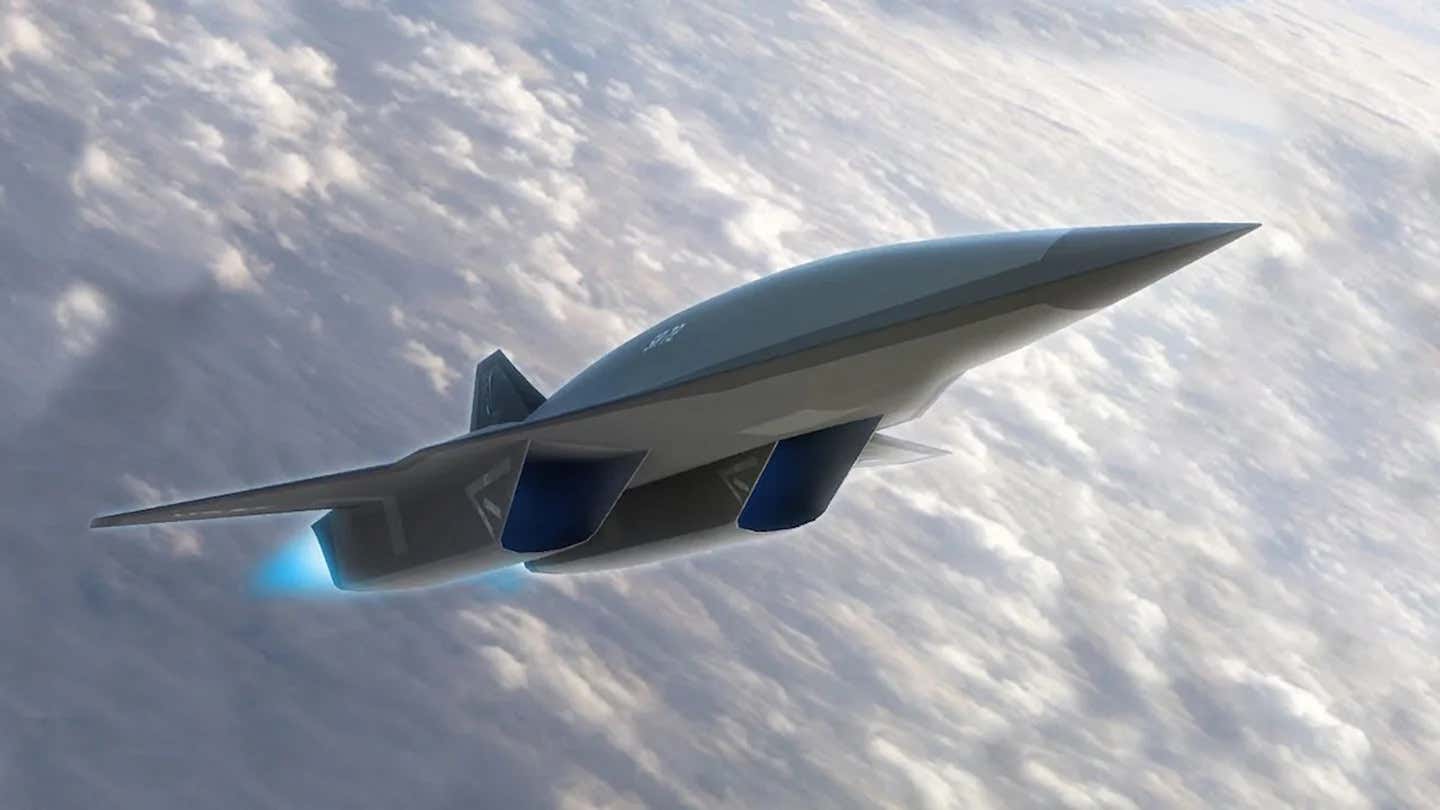Just days after the United States successfully tested a hypersonic air-to-ground missile prototype, another hypersonic project codenamed ‘Mayhem,’ which has remained cloaked in secrecy has taken off the ground.
The Pentagon announced on December 16 that the US Air Force (USAF) awarded a $334 million contract for Project “Mayhem” to Leidos to develop a platform for hypersonic weapons and sensors. Leidos was chosen nine months after the Air Force Research Laboratory formally released its solicitation.
Project Mayhem aims to create a hypersonic air-breathing system with a bigger payload capacity than the AGM-183A Air-launched Rapid Response Weapon (ARRW), besides a capability to conduct both strike and Intelligence, Surveillance, and Reconnaissance (IRS) missions.
For perspective, the AGM-183A ARRW is a long-range hypersonic missile developed for the US Air Force. The weapon will boost the USAF’s strike capability at stand-off ranges, allowing it to attack heavily defended targets. It is expected to be officially deployed by 2023.
Even though very little information has been divulged about the program, we do know that it intends to build the Hypersonic Air-breathing Weapon Concept (HAWC), among other things, for the Defense Advanced Research Projects Agency (DARPA).
Leidos will use digital and model-based systems engineering, according to the press release, based on an Air Force strategy that increasingly prioritizes digital engineering weapons development as a way to speed up development and improve design precision.
According to a press statement from Leidos, a $24 million contract was awarded for the first stage of the Mayhem project, which involved reviewing the system requirements and the conceptual design. Initial work will be funded with roughly $8.7 million from the 2022 budget for research, development, testing, and evaluation.
What Do We Know About Project Mayhem?
According to the contract award release published recently, Mayhem is focused on “delivering a bigger class air-breathing hypersonic system capable of completing numerous missions with a standardized payload interface, enabling a substantial technological advancement and future capability.
A standardized protocol-based electronic interface allows data to be exchanged between the weapon system and the aircraft’s weapon system management and control computer. An aircraft can carry different types of weapons. A standardized interface would allow aircraft sensors to set navigation and targeting data on the weapon system before launch.
In a rendering released by Leidos, which can be seen below, an unmanned hypersonic air vehicle with a single engine and a sizable air intake under the fuselage could be seen. It has an overall fuselage design that is relatively long and narrow, has delta-shaped wings, and a single vertical tail. However, this is merely an impression and could be far from the actual design.

In December last year, the Air Force Research Laboratory (AFRL) posted online a contract document that noted: “The potential of viable multi-cycle designs is hugely significant for both weapons and aircraft concepts, and unlike existing hypersonic projects — it could produce a vessel that is capable of hypersonic flight and could land afterward, making it reusable.”
Explaining the concept without giving away specific details, the document added, “While this development would be more significant for hypersonic aircraft, it would also have utility for hypersonic missiles — providing them with the capability to adjust between speeds depending on mission requirements.”
The document further stated that the system goal was to deliver payloads five times the mass and double the range of existing technology-capable systems. The standardized payload interface would make it possible to integrate different payloads into one hypersonic system in several ways.
It also stated three desired payloads for the Mayhem vehicle, only one of which would be carried at once. The three payloads were two associated with the strike mission set and one for “responsive” ISR. The sole descriptions of the strike payloads were “area effect” and “large unitary.”
At the time, defense writer Joseph Trevithick deconstructed it and said the desire for discrete “area effect” and “large unitary” type payloads strongly suggests that the first one imagines a payload of cluster munitions or something similar, such as a swarm of tiny drones.
Although it would have a unitary design, an advanced high-explosive fragmentation warhead would produce an “area effect.” The expert noted that “large unitary” may also refer to larger warheads with multiple impacts against a single target, such as deep penetrating capabilities against bunkers and other fortified structures.

The service has previously compared the Mayhem endeavor to a hybrid between an air-breathing hypersonic weapon and a full-fledged hypersonic aircraft. Mayhem was earlier believed to be “focused, at least in part, on acquiring testbeds to support work on advanced high-speed jet engines like the ones that have reportedly been in development for proposed hypersonic aircraft such as Lockheed Martin’s SR-72.”
Due to the program’s secrecy, there are speculations that the first version of the experimental Mayhem vehicle might serve as a test bed for a more durable hypersonic aircraft with a cutting-edge multi-mode propulsion system.
The Mayhem Program could be expected to significantly bolster US hypersonic capabilities in the long run. The US has trailed behind Russia and China regarding hypersonic weapons but is rapidly catching up. All three of its services are preparing to deploy their respective hypersonic weapons.
- Contact the author at sakshi.tiwari9555 (at) gmail.com
- Follow EurAsian Times on Google News




